Stories

“A dedicated and compassionate caregiver at St. Joseph Hospital for decades, Melvin Schwartz and his wife demonstrated their friendship and support for the Hospital by establishing a legacy through a generous charitable planned gift.”
Treating sepsis before time runs out
Weather in southern California rarely calls for even a light sweater. So last September when Manuel Linares, a 77-year-old retiree living in San Pedro, had chills so intense that he was shaking, his daughter, Marta Lopez, knew something was seriously wrong.
Marta recalls seeing her father, whom she describes as a devoted grandpa who regularly takes walks and plays ball with his five grandchildren, on the couch looking feverish, fatigued and pale.
“He was shaking he was so cold, even with blankets piled on him,” Marta remembers. “He also wasn’t eating, and he always eats, so that was unusual.”
Marta knew he needed immediate care, so she sprang into action. “I told him ‘You don’t look good. I’m taking you to the hospital.’” Manuel was too disoriented to walk, so Marta got help getting him to her car and then immediately drove to the emergency department at Providence Little Company of Mary Medical Center in San Pedro.
Within minutes, Knef Lizaso, MD, Chair of the Emergency Department at Providence Little Company of Mary Medical Center San Pedro, diagnosed Manuel with sepsis, a life-threatening condition in which the immune system wreaks havoc on the body in response to an infection.
Sepsis is a ticking time bomb. For every hour it goes undiagnosed, a patient’s risk of dying increases by 6% to 8%. Delays in diagnosing the condition can mean organ failure, tissue damage, and for many, death.
Sepsis has long plagued our health care system, both in terms of fatalities and costs. It is the leading cause of death in U.S. hospitals, killing more than 250,000 people every year, according to the Centers for Disease Control and Prevention.
One of the reasons doctors say sepsis is so deadly is because it’s difficult to catch. While symptoms typically include chills, fever, confusion, rash and shaking, as Marta saw in her father, they’re oftentimes masked by other acute conditions like pain, headache and bleeding. Plus, there’s no single test a doctor can perform to identify whether a patient is septic.
“It’s a challenge to diagnose because unlike a heart attack or stroke, where you have specific tests available—for example EKGs and troponins for heart attacks or CT scans and MRIs for strokes—sepsis doesn’t have a specific test,” says Dr. Lizaso.
That means it’s largely up to doctors to piece together warning signs of sepsis from a patient’s lab results, medical history and physical exam. There were no clear-cut guidelines on how doctors should go about this until 2001, when researchers discovered the gold standard of sepsis treatment: a bundle of treatments that decreased sepsis mortality rates by 16% in 28 days.
Hospitals around the country, including Providence Little Company of Mary San Pedro, rushed to implement the bundle, which included guidelines on how and when to give treatments like antibiotics, IV fluids, oxygen, and medications that support blood pressure.
And for a while, mortality rates declined, and things were looking up.
In 2015, with sepsis still a major threat in almost every hospital across the United States, the Centers for Medicare and Medicaid Services (CMS) upped the ante, releasing a requirement that mandated parts of the gold standard bundle be implemented within a three- to six-hour window.
Providence Little Company of Mary Medical Center San Pedro created a Sepsis Task force in October 2016, and Dr. Lizaso was nominated to lead the hospital-wide charge. He and his team got to work immediately in a new fight against sepsis, this time with an emphasis on its time sensitivity.
“We really wanted to get ahead of these CMS requirements,” says Dr. Lizaso. “We already had a lot of the procedures in place, it was just a matter of executing the sepsis bundle requirements in a timely matter.”
Their efforts reached every corner of the medical center. They coordinated with the pharmacy and laboratory to fast-track vital drugs and blood tests for patients suspected of having sepsis, and implemented education and feedback programs for doctors and nurses.
“These codes put everyone on notice that time is ticking,” Dr. Lizaso says. “You mainly hear about it in heart attack and strokes, but it’s really important for sepsis because it is such a time sensitive disease in terms of mortality.”
In a matter of months, their efforts transformed the medical center into the best hospital in the Southern California region in the fight against sepsis—a ranking it still holds today.
“We’re like a fine-tuned machine now,” says Dr. Lizaso. For the past few months, the hospital’s sepsis mortality ratio has been around 0.7. The regional average is above 1.0 – a rating considered not meeting the benchmarks.
Providence Little Company of Mary San Pedro has the lowest sepsis mortality rate among all the Providence hospitals in the Southern California Region, and is in the top 15% for lowest sepsis mortality rate across the vast Providence St. Joseph Health System, which spans seven states and includes 51 hospitals.
“We’re really proud of our efforts,” says Lizaso, who stresses it’s a team effort. “It’s just good medicine, and there’s evidence showing that this stuff works.”
Manuel, who arrived at the emergency room at the Hospital on September 30, 2017, reaped the rewards of this year-long campaign against sepsis.
When he arrived to the emergency department with an elevated heart rate, low blood pressure, and abdominal pain, Dr. Lizaso knew exactly what to look for, and after Manuel told him about his recent procedure, the doctor was sure his initial suspicions were correct.
“When he told me he had this new Foley catheter inserted just two weeks earlier, that clued me in right away,” says Dr. Lizaso. “It’s an easy route for bacteria to enter the bladder.”
Manuel was diagnosed with severe septic shock within minutes. From there, Dr. Lizaso activated the “Code Sepsis” protocol, and the team effort he championed for the past year ultimately saved Manuel’s life.
Manuel received antibiotics and IV fluids right away. When his blood pressure dropped and stayed down, Dr. Lizaso added a medication to raise it so his organs would get the blood flow they needed and wouldn’t fail. Dr. Lizaso also ordered a CT scan of Manuel’s abdomen and discovered a secondary site of infection—his gall bladder.
“Mr. Linares was really very sick. This is an instance where aggressive measures for treating sepsis were successful in preventing him from getting sicker and potentially dying,” says Dr. Lizaso.
After four days in the hospital, Marta knew her father was getting better when he started to eat again. Today he is home with his daughter and grandchildren and says he is feeling “wonderful.”
“I want to be healthy for my family,” he remarks. Manuel is happy to be alive, and credits Dr. Lizaso and his team for his excellent care.
“He was a great doctor. Everyone there is. I am grateful,” says Manuel. “I am very grateful.”
Marta echoes her father’s gratitude for the doctors at the hospital. “Dr. Lizaso was wonderful. He was very concerned about my dad getting better,” she says. “If someone asked me, I’d say that it is the best hospital in the South Bay region.”
More Stories

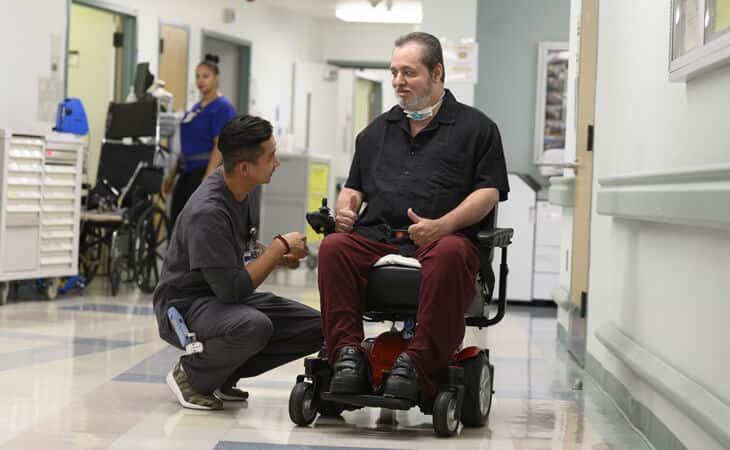



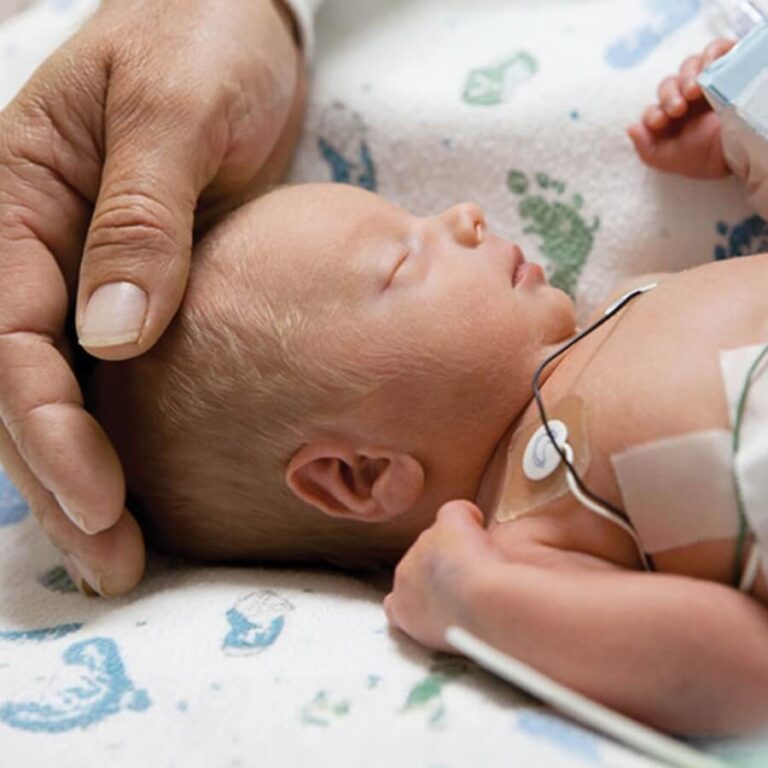

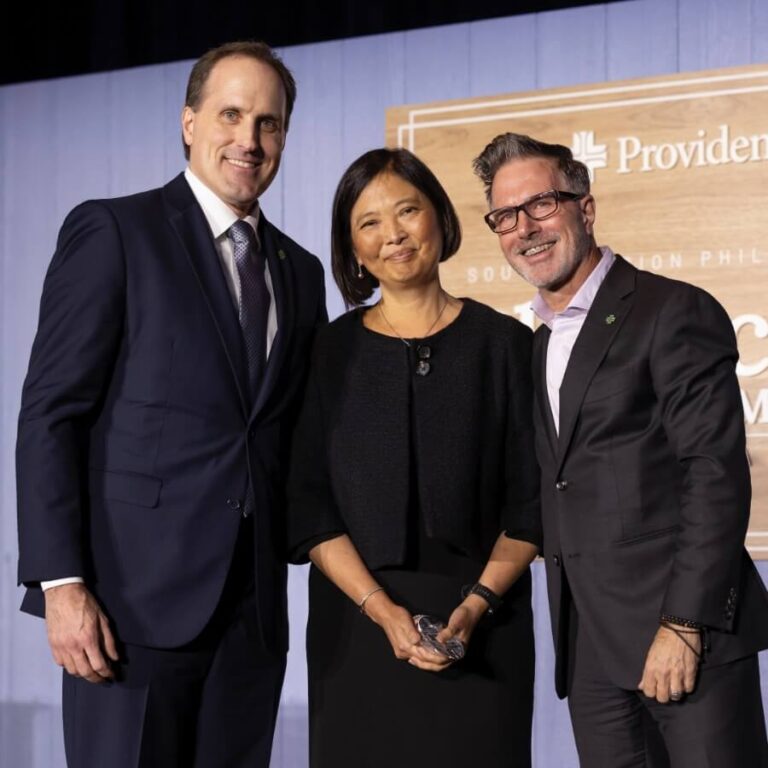

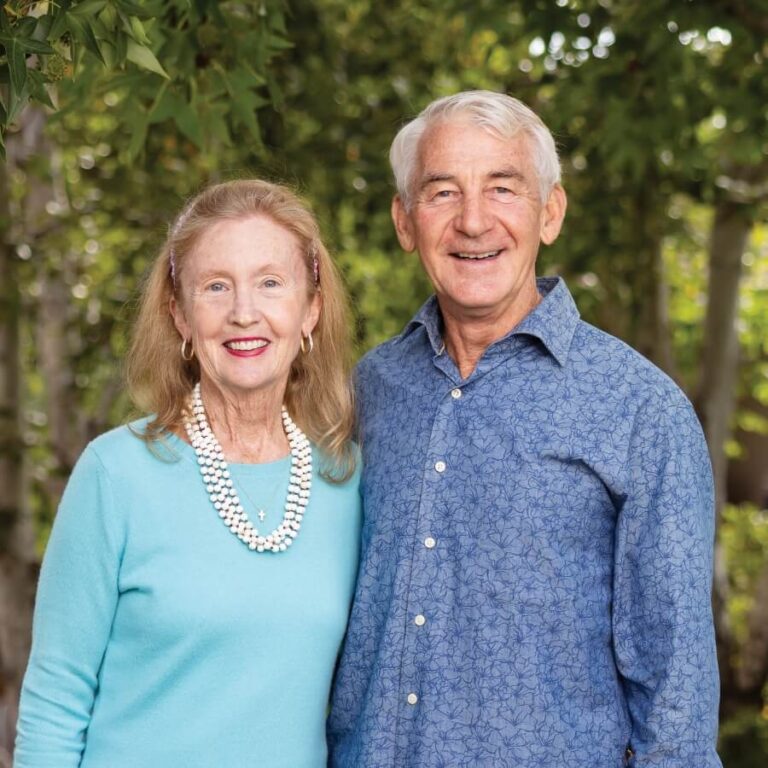
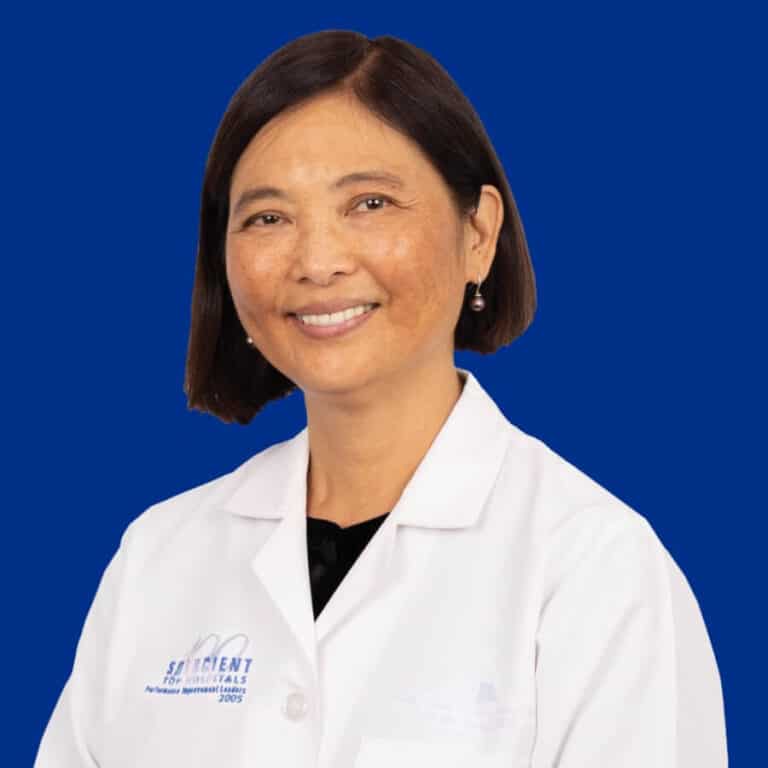

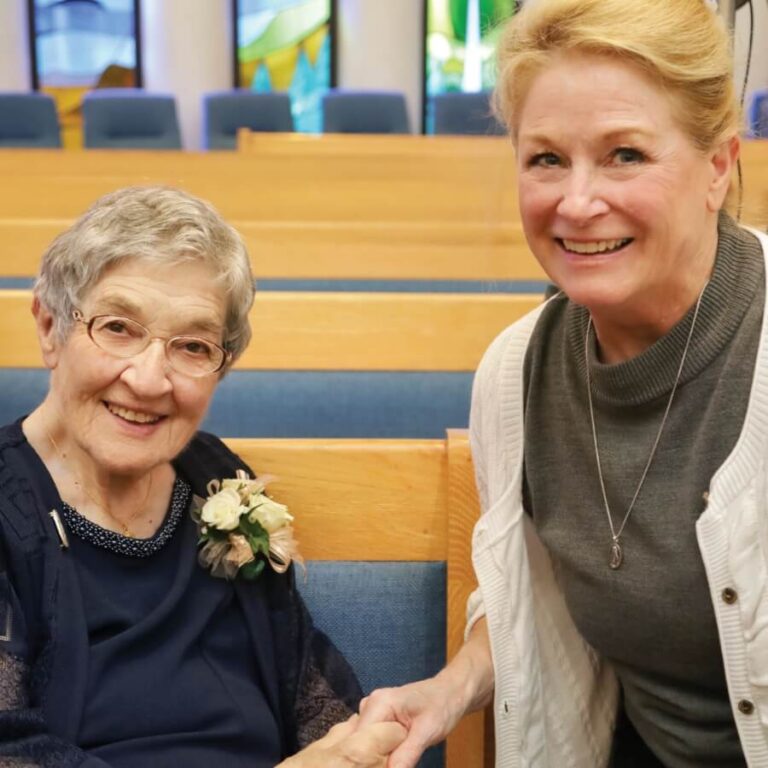
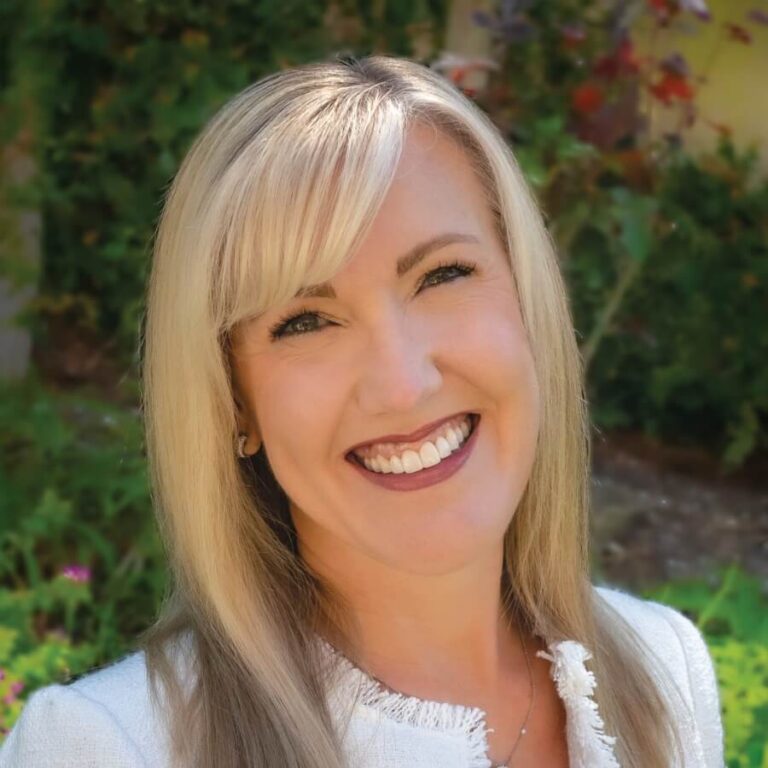
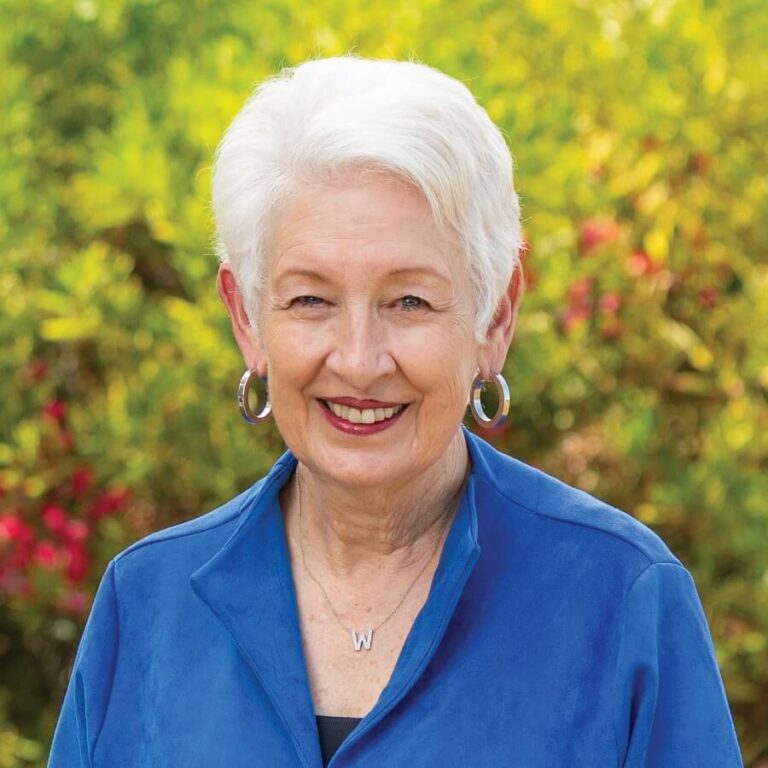
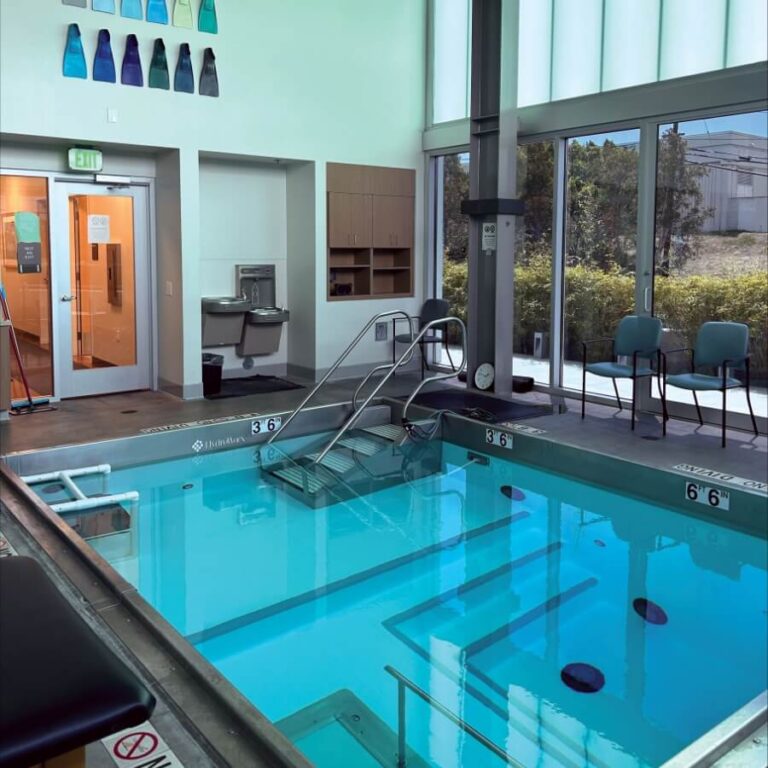
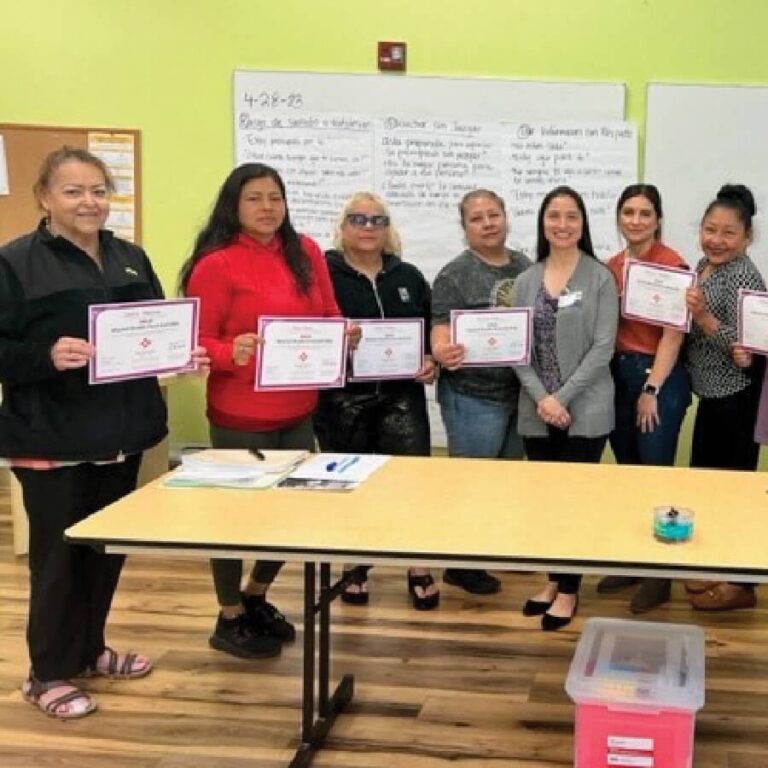
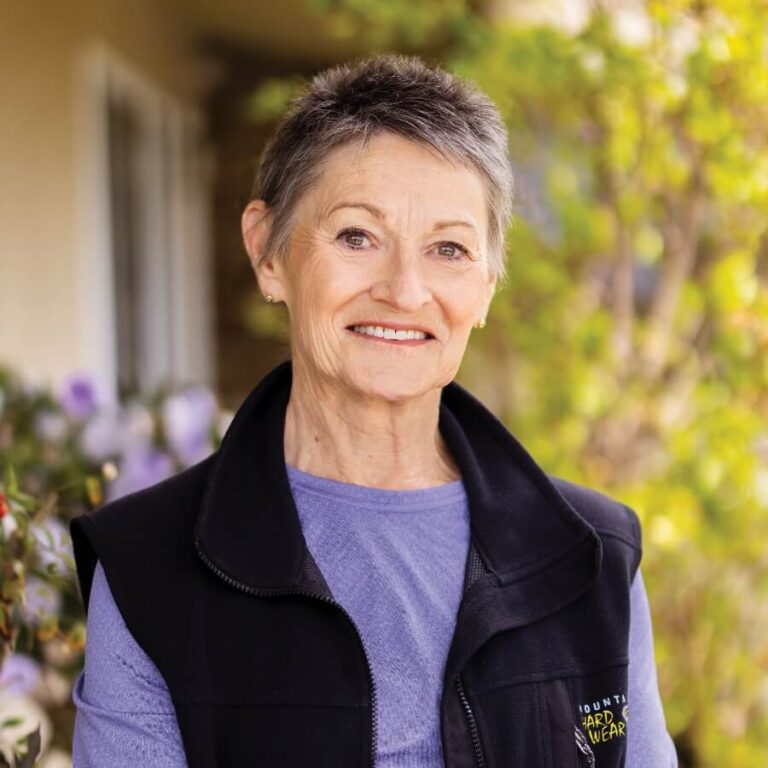
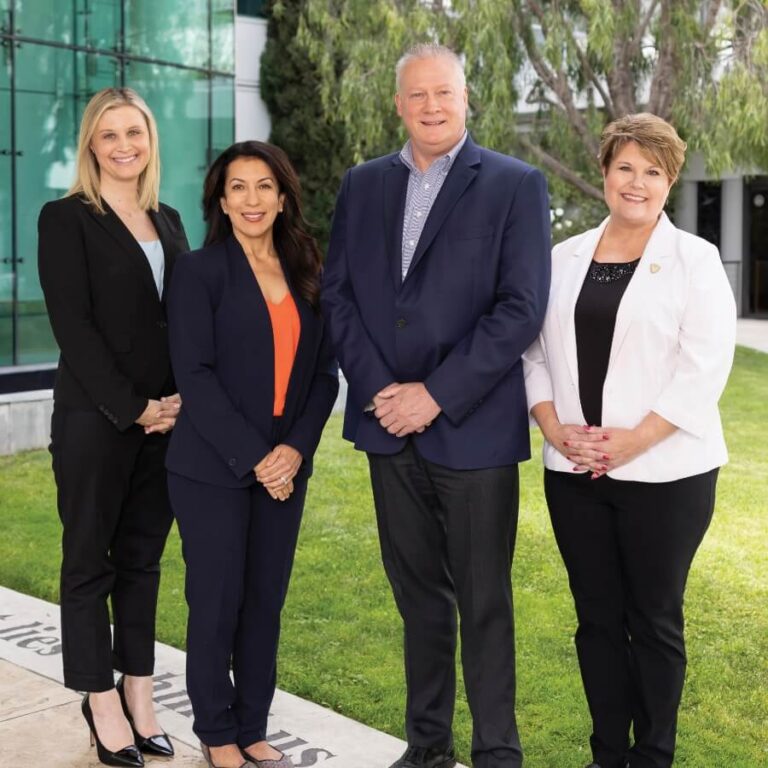







Share